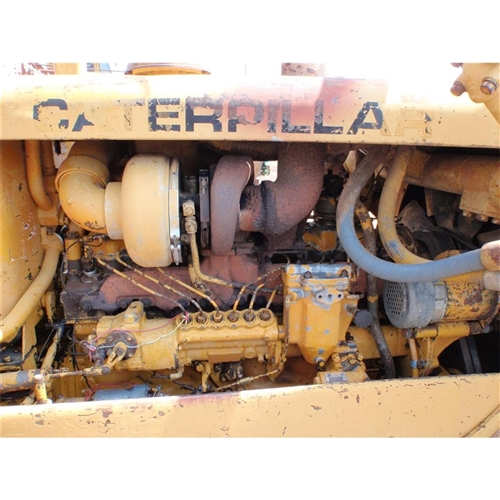
The nitrite protection should remain until the coolant needs to be changed. The compounds take the place of nitrite and offer the same protection, so with an extended-life coolant, there’s no need for a test strip test on the coolant’s condition. The chemical properties that make up these coolants help combat the cavitation bubbles in a different way. That is why most extended-life coolants are dyed colors such as red, gold and pink.

These types of coolant are made up of different compounds other than glycol, along with different protection additives from those found in regular green antifreeze. I’m sure you’ve heard of extended-life coolants. Technological advances in the automotive industry have extended to antifreeze as well. Test strips that tell the condition of coolant along with the level of nitrite are available at most auto parts stores or truck repair facilities. Most truck repair facilities monitor the nitrite level to ensure reliability of the coolant system and the effects it may have for future repairs. Sometimes greater concentrations of nitrite can cause the O-rings that seal the liners to deteriorate. However, if the concentration of nitrite is greater than 800 ppm, other things are compromised.

If levels drop below this the protection of the cylinder liners is compromised. The ideal amount of nitrite in a diesel cooling system is around 800 ppm (parts per million). This would only increase the concentration of nitrite, causing other problems. When running a coolant filter, the use of an SCA is not necessary. By servicing the coolant filter at certain intervals, the nitrite in the system should always be constant.
WHAT COOLANT TO USE IN MY CATERPILLAR D6C INSTALL
In order to combat cavitation problems, some vehicle manufacturers install coolant system filters, which not only filter the coolant, but also have nitrite in the filter media. So it is a regenerative cycle, but can be depleted quickly. The layer of nitrite is then replenished by the SCA. As the cavitation bubbles ping against the liner, they remove the layer of nitrite rather than the liner itself. SCAs generally form a barrier with the use of nitrite, the level of which needs to be monitored in the cooling system on a regular basis. The SCA will not stop the formation of bubbles, but will provide a protective barrier between the liner and the cavitation-causing bubbles. Luckily, there is a solution - supplemental coolant additives or SCAs. While it may sound hard to believe, this problem has been around for years. The customer will complain of losing coolant while the oil level is rising. When this happens, coolant will start to enter the cylinder bore and eventually the oil pan. After a period of time, this shearing will cause small pin holes to appear in the liner, which eventually make their way through to the cylinder bore. This actually pings the liner and starts shearing away the liner microscopically. This small amount of air makes tiny bubbles that form around the cylinder’s liner and these tiny bubbles can then attack the cylinder liner with a force sometimes as much as 60,000 psi. When the explosion occurs, the liner distorts and rocks inside the block, actually moves away from the engine block, ingesting a small amount of air into the cooling system. This “jarring effect” is found mostly in wet liner engines, those diesel engines that have replaceable cylinder liners. Tiny air bubbles can attack a cylinder liner with a force as much as 60,000 psi. This massive explosion causes what is called a “jarring effect,” which can’t be seen by the human eye, but does actually happen. Then a massive explosion happens and starts forcing the piston down in the bore. Right before the piston reaches TDC (top dead center), diesel fuel is injected into the cylinder. The intake valve closes and the piston starts traveling up the bore, compressing the air that was just ingested. On the intake stroke, air is introduced into the cylinder. This is caused by the extreme pressures encountered in the combustion cycle.The diesel combustion cycle creates distortion. Diesel Engines Often Suffer from Cavitation Today’s antifreeze-coolant not only protects from freezing in the winter months, but also helps protect diesel engines from common cavitation issues.

The condition of the coolant means everything to engine longevity. One of the biggest reasons for neglect is probably that owners simply don’t understand how important it is to periodically check the coolant’s condition. In fact, the coolant condition in a diesel engine may even be more important than in a gasoline engine. The coolant system is one of the most overlooked preventive maintenance items in a diesel engine.Įngine coolant maintenance is just as important as an oil change.
WHAT COOLANT TO USE IN MY CATERPILLAR D6C FREE
FREE Diesel Diagnosis and Repair Articles & Videos (click here)


 0 kommentar(er)
0 kommentar(er)
